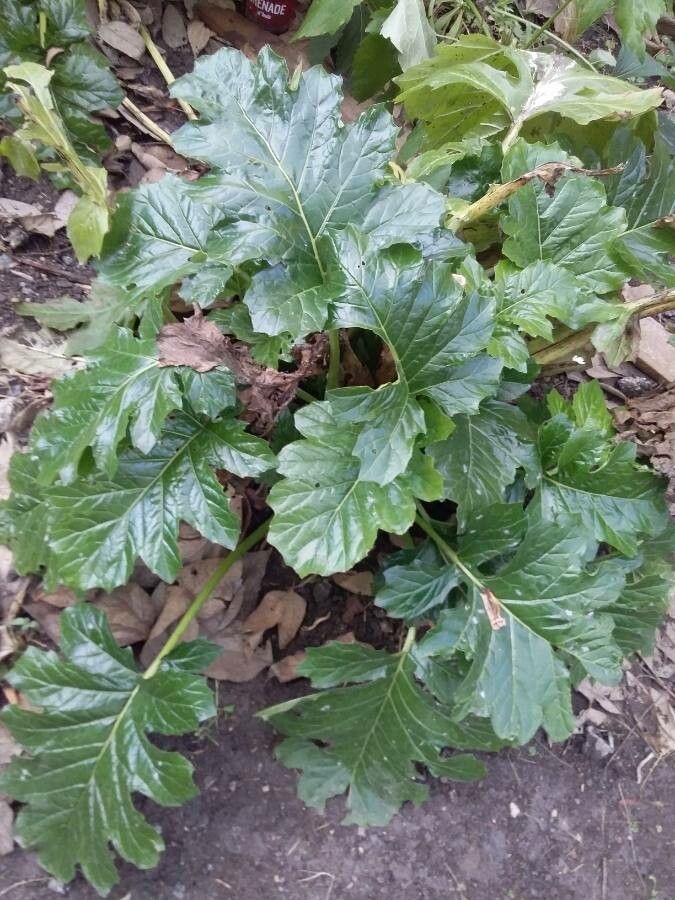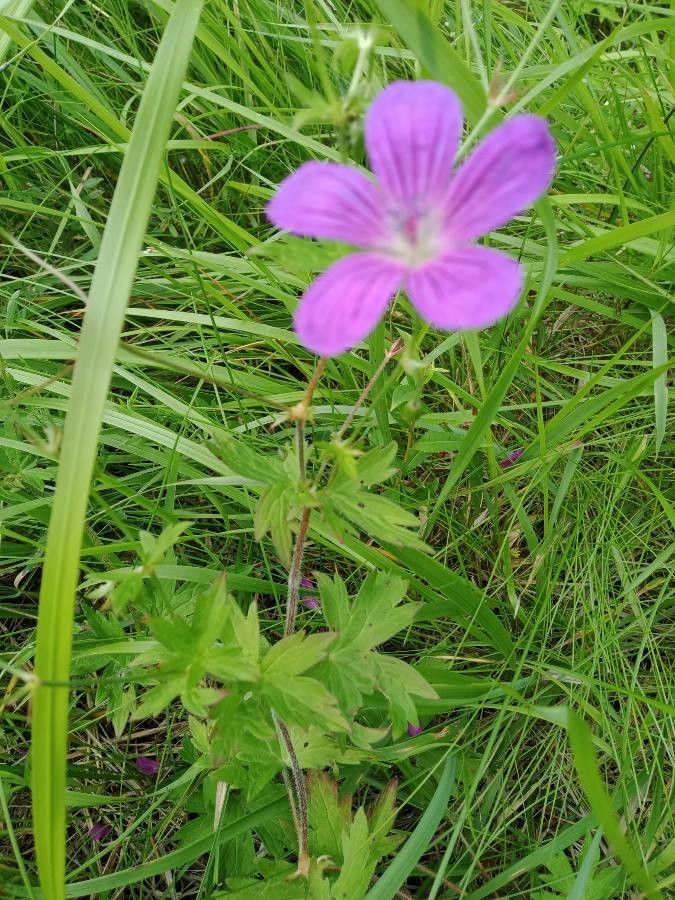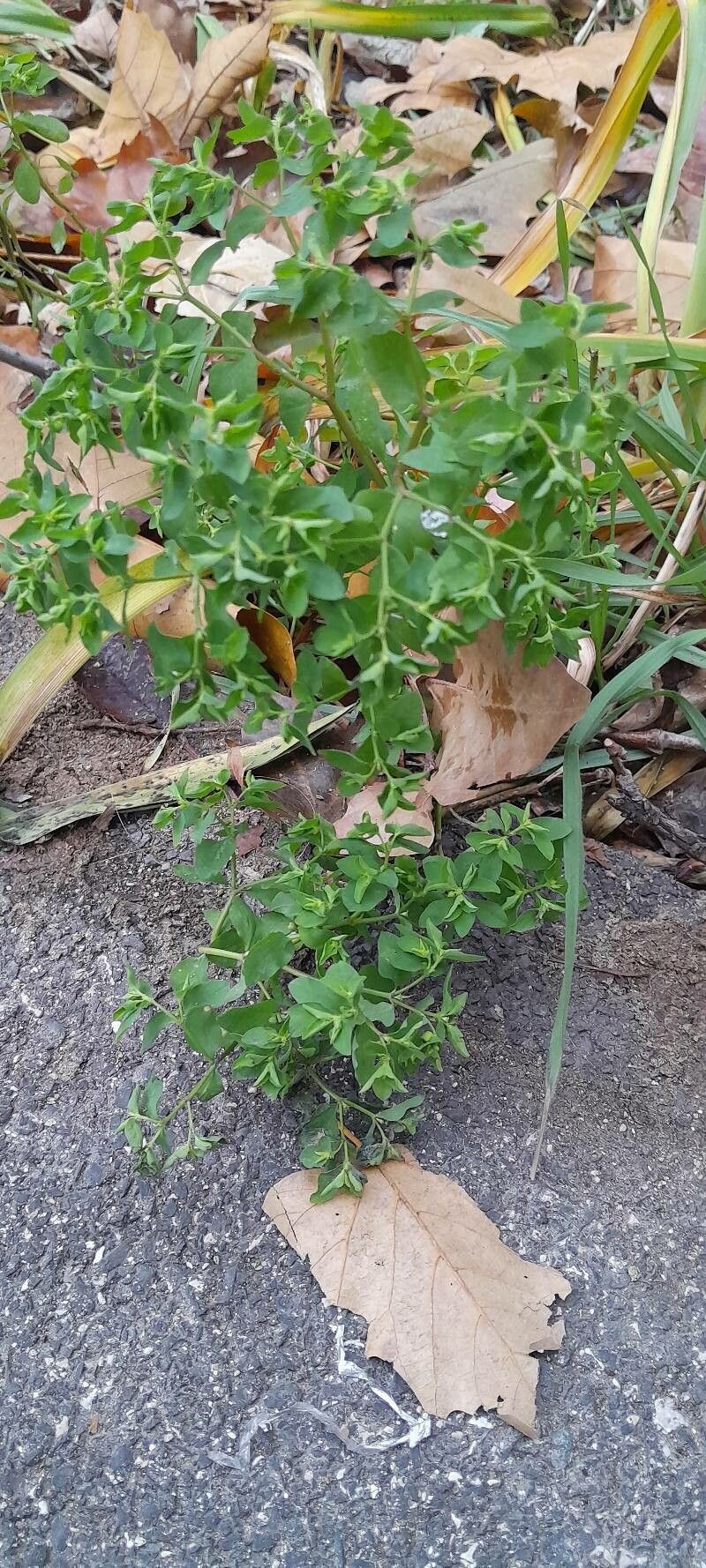### Bear's-Breeches: A Majestic Addition to Your Garden
Bear's-breeches ( *Acanthus mollis*) is a striking and architectural plant, instantly recognizable for its dramatic, deeply lobed leaves and impressive flower spikes. Belonging to the Acanthaceae family, this hardy perennial boasts a rich history, having inspired ancient Greek and Roman art and architecture, notably appearing in the Corinthian capital design. This article will delve into the cultivation and care of this magnificent plant, helping you successfully integrate it into your garden landscape.
### Habitat and Growth
Native to the Mediterranean region, Bear's-breeches thrives in warm, temperate climates. It prefers full sun to partial shade, tolerating some afternoon shade in hotter regions. A mature Bear's-breeches plant can reach heights of 3-4 feet and spread equally wide, creating a bold statement in any garden bed or border. Its deeply textured leaves, sometimes reaching a length of 2 feet, offer visual interest even before the plant flowers.
### Soil Needs and Planting
Bear's-breeches is relatively undemanding regarding soil type, but it performs best in well-drained, fertile soil. While it tolerates a range of soil pH levels, slightly acidic to neutral soil (pH 6.0-7.0) is ideal. Amend heavy clay soils with organic matter like compost to improve drainage. Planting should occur in spring or autumn, allowing the roots to establish themselves before the harshest weather. Ensure sufficient spacing between plants, considering their mature size.
### Sun Exposure and Watering
As mentioned, Bear's-breeches appreciates full sun, meaning at least six hours of direct sunlight daily. However, some afternoon shade in hot, sunny areas is beneficial to prevent leaf scorch. Water regularly, especially during dry spells, ensuring the soil remains consistently moist but not waterlogged. Once established, Bear's-breeches shows some drought tolerance.
### Propagation
Bear's-breeches can be propagated by seed or division. Seed propagation requires patience, as it may take several weeks for germination. Division is a simpler and faster method, best done in spring or autumn when the plant is actively growing. Dig up the mature clump carefully, separating the crowns and replanting them in well-prepared soil.
### Pest and Disease Resistance
Generally, Bear's-breeches is fairly pest and disease resistant. However, occasional infestations of aphids or slugs may occur. Monitor regularly and take appropriate action if necessary, using organic pest control methods whenever possible.
### Uses in the Garden
Bear's-breeches' dramatic foliage and striking flower spikes make it a versatile addition to any garden. It looks stunning planted in mixed borders, as a backdrop for smaller plants, or as a specimen plant. Its architectural qualities also make it an excellent choice for cottage gardens and informal settings.
### Conclusion
Bear's-breeches is a rewarding plant to cultivate, offering a bold and unique presence in any garden. With its relatively low-maintenance nature and stunning visual appeal, it's an excellent choice for gardeners of all levels. By following the guidelines outlined above, you can enjoy this magnificent plant's beauty for years to come.
Bear's-Breeches: A Gardener's Guide

Frequently Asked Questions
How to grow Bear's-Breeches from seed?
Sow seeds indoors in spring, about 8 weeks before the last expected frost. Use a well-draining seed-starting mix and keep the soil consistently moist. Once seedlings have a few true leaves, transplant them outdoors after the last frost.
Is Bear's-Breeches deer resistant?
While not entirely deer-proof, Bear's-breeches is generally considered fairly deer-resistant. The tough, textured leaves are often less appealing to deer compared to more tender plants.


